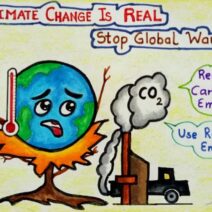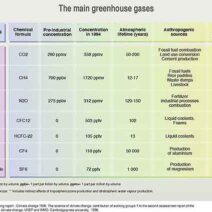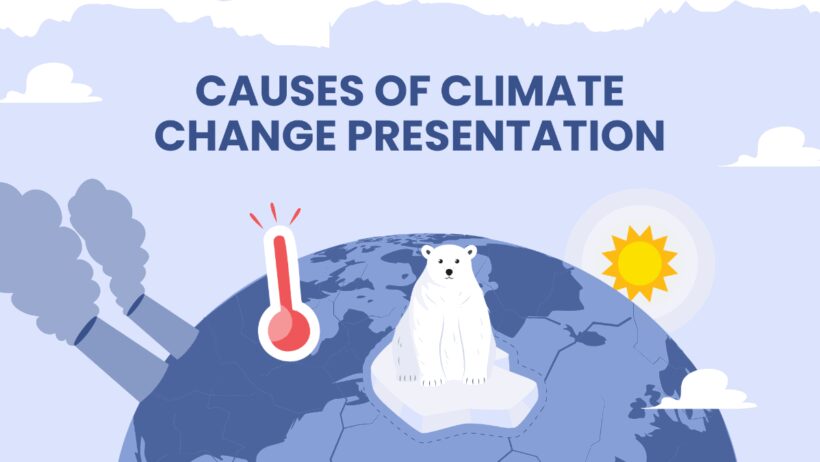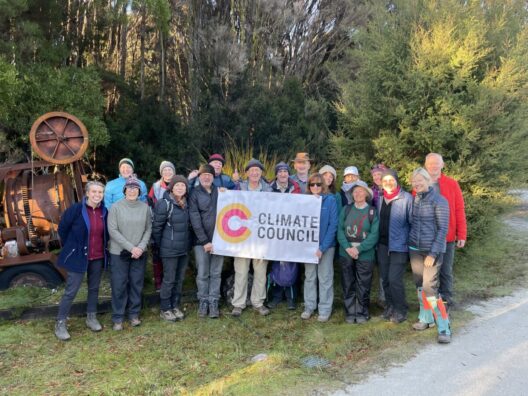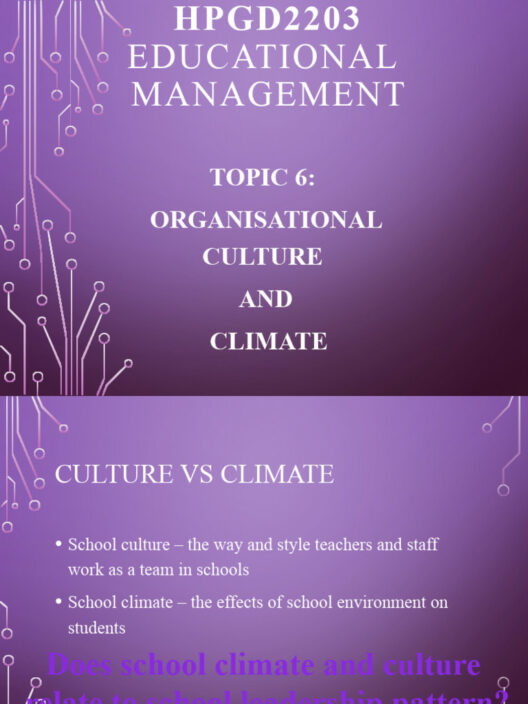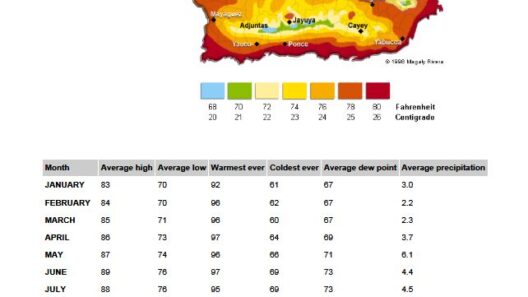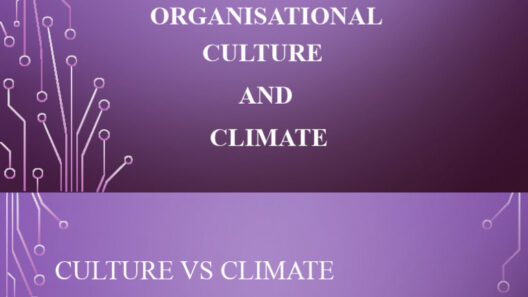The phenomenon of climate change conjures various images in our minds: melting ice caps, erratic weather patterns, and the increasing prevalence of natural disasters. But what exactly are the intricate causes that pave the way for this global dilemma? Understanding these causes is not just an intellectual exercise; it poses a challenge that requires active engagement from all of us. So, what if we turned our curiosity into action and discovered together the driving forces behind climate change?
Before we delve into the intricacies, it’s essential to appreciate the enormity of the issue. Climate change is predominantly anthropogenic, meaning it is greatly influenced by human activity. But are we aware of the specific actions that contribute to the degradation of our atmosphere? Let’s embark on this exploration, examining the various culprits one by one.
Fossil Fuel Dependency: The Unseen Hand of Change
One of the primary contributors to climate change is fossil fuel combustion. A significant portion of greenhouse gases released into the atmosphere arises from burning coal, oil, and natural gas for energy. These fuels are used to power our vehicles, heat our homes, and generate electricity. Each puff of smoke billowing from a factory or every car that zooms past produces carbon dioxide (CO2) and other harmful greenhouse gases. These gases trap heat in our atmosphere, creating what is commonly referred to as the greenhouse effect.
Consider, for a moment, how many aspects of modern life hinge on these energy sources. From heating our water for showering to the electricity that powers our favorite gadgets, fossil fuels underlie our everyday existence. Will we rise to the challenge of transitioning to renewable sources, or will we remain tethered to these carbon-intensive energies?
Deforestation: The Silent Executioner
Deforestation is another insidious cause of climate change. Forests, often dubbed the lungs of our planet, play a crucial role in absorbing CO2. When trees are cut down or burned, not only are we losing their capacity to sequester carbon, but the act of deforestation itself releases significant amounts of greenhouse gases. Agricultural expansion, urbanization, and logging practices contribute to this alarming trend.
The situation prompts an intriguing question: what would happen if we shifted our focus back to tree conservation and reforestation? If humanity collectively prioritized the planting of trees, could we begin to reverse some of the damage we’ve caused? This challenge, while seemingly daunting, could yield profound benefits not just for our climate, but for biodiversity and human health as well.
Industrial Processes: The Emission Empire
Another staggering contributor to climate change arises from industrial factories that emit tons of greenhouse gases. Production methods for cement, steel, and chemicals often necessitate high-temperature combustion, which results in the release of CO2, methane (CH4), and other noxious gases into our atmosphere. These emissions compound the problem, leading to an ever-warming planet.
This dire situation raises an essential query: can we innovate our industrial approaches to reduce emissions? Embracing sustainable practices, such as carbon capture technology or shifting towards cleaner production methods, poses a viable challenge that industries across the globe should address. The spirit of innovation, combined with strategic policies, could lead to groundbreaking changes.
Agricultural Practices: Feeding the Footprint
Agriculture, while vital for species survival, also plays a significant role in exacerbating climate change. The livestock industry, for instance, produces substantial amounts of methane—a greenhouse gas far more potent than CO2 in the short term—through enteric fermentation during digestion. Practices such as monoculture, usage of chemical fertilizers, and soil degradation also release carbon previously stored in the soil.
What if we reconsidered our dietary choices and agricultural practices? A shift towards sustainable farming, coupled with the adoption of plant-based diets in place of resource-intensive meat products, could lead to considerable reductions in greenhouse gas emissions. How can we promote these changes within our communities and industries?
Waste Management: The Landfill Crisis
Waste, an often-overshadowed contributor, deserves scrutiny. Landfills emit methane as organic waste decomposes anaerobically. Poor waste management practices not only exacerbate greenhouse gas emissions but also contribute to resource depletion and pollution. Our waste production is a reflection of consumption trends that favor disposability over sustainability.
Could reimagining our relationship with waste lead to innovative solutions? Embracing concepts like circular economies and zero-waste lifestyles presents a challenge that inspires creative problem-solving in our communities. Could our misguided penchant for convenience motivate a revolutionary approach to resource usage and disposal?
Conclusion: A Call to Action
The causes of climate change may seem complex and multifaceted, but they ultimately boil down to human actions and decisions. The narrative is clear; a collaborative response is urgently needed. What if all of us accepted the challenge? Shifting to renewable energy, conserving forests, altering industrial processes, adjusting agricultural practices, and improving waste management could significantly mitigate climate change. We stand at a crossroads—will we choose to tread the path of sustainability or continue along the trajectory leading to environmental decay? The power lies in our hands.

